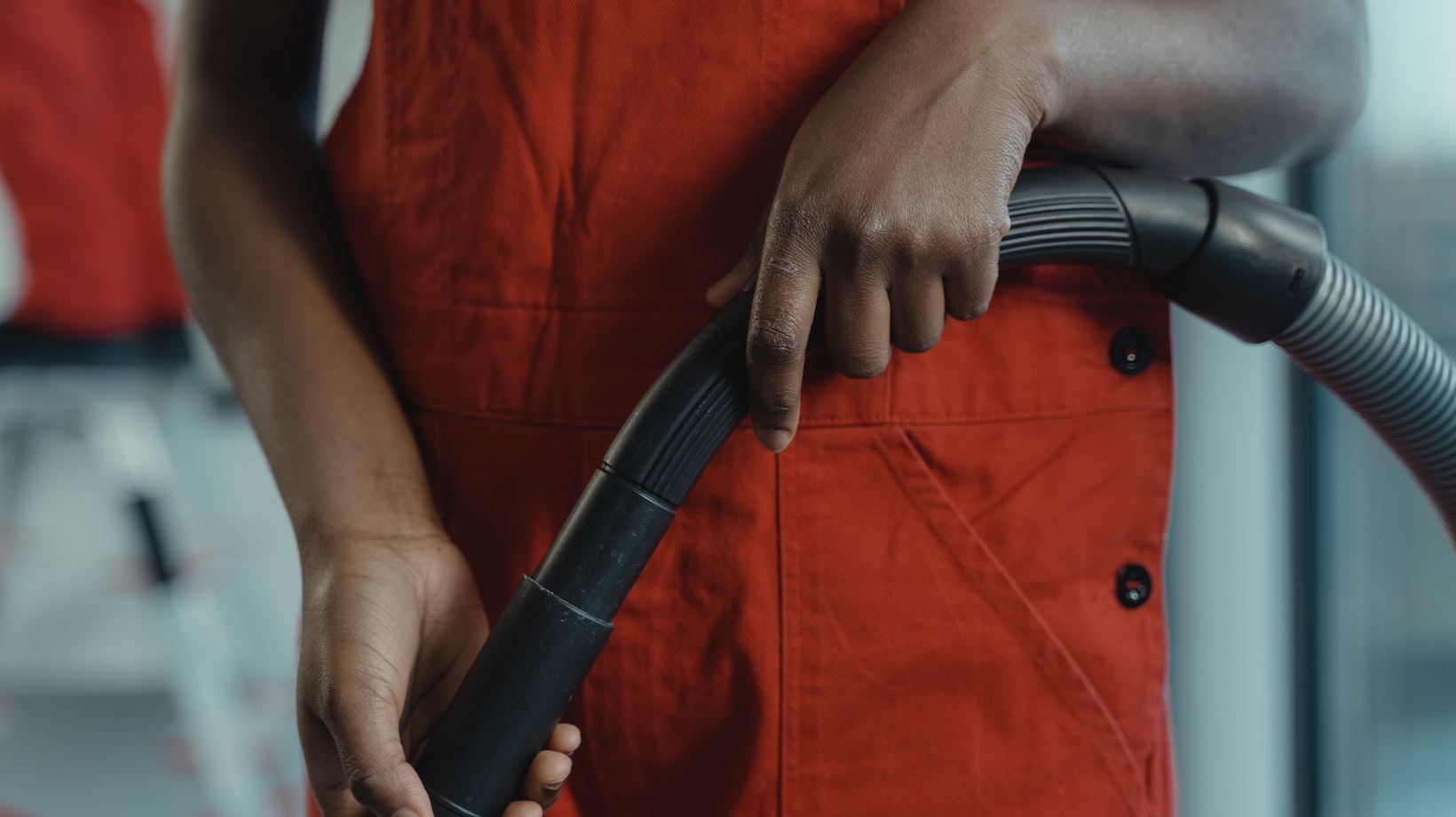Contents
Table of Contents
ToggleHow Should The Temperature Of Vacuum-Packed Meat Be Checked During Receiving?
The Importance of Proper Temperature in Receiving Vacuum-Packed Meat
When it comes to receiving vacuum-packed meat, ensuring the proper temperature is crucial. The temperature at which meat is received can significantly impact its quality, safety, and shelf life. Maintaining the correct temperature throughout the supply chain is essential to prevent bacterial growth and ensure food safety.
Vacuum-packed meat is vulnerable to spoilage if not stored at the appropriate temperature during receiving. If the meat arrives too warm, it increases the risk of bacterial growth and can lead to foodborne illnesses. On the other hand, if the meat arrives too cold, it may indicate that it has been exposed to freezing temperatures during transportation or storage, potentially compromising its texture and taste.
To guarantee optimal quality and safety, it’s important to check the temperature of vacuum-packed meat upon delivery. This ensures that it falls within an acceptable range specified by regulatory guidelines or industry standards. By adhering to these requirements, businesses can minimize potential risks associated with improper handling and storage.
Potential Risks Of Incorrect Temperature During Meat Receiving
Failing to monitor and maintain proper temperatures during receiving can expose vacuum-packed meat to several risks. Here are some potential consequences of incorrect temperatures:
- Bacterial Growth: If vacuum-packed meat is received at temperatures above 40°F (4°C), bacteria like Salmonella or E.coli have a higher chance of multiplying rapidly, increasing the risk of foodborne illnesses.
- Spoilage: Inadequate refrigeration during receiving could lead to accelerated spoilage due to microbial activity or enzymatic reactions.
- Texture Deterioration: Freezing temperatures during transportation or storage can cause cell damage in meats, resulting in a loss of moisture when thawed.
- Flavor Alteration: Fluctuations in temperature may affect protein denaturation and lipid oxidation processes within vacuum-sealed meat, leading to changes in flavor and overall quality.
Best Practices For Checking The Temperature Of Vacuum-Packed Meat
- Use a Reliable Thermometer: Utilize a calibrated thermometer designed for food applications to accurately measure the internal temperature of vacuum-sealed meat.
- Check Upon Arrival: Immediately upon delivery, assess the temperature of each package individually to identify any discrepancies or deviations from the recommended range.
- Document Temperatures: Keep detailed records of temperature measurements, including date, time, and supplier information. This documentation can serve as evidence of proper handling practices if needed.
- Train Staff: Ensure that employees involved in receiving are trained on proper temperature monitoring techniques and understand the significance of maintaining appropriate temperatures for vacuum-packed meat.
- Implement Corrective Actions: Establish protocols for addressing any discrepancies or deviations from acceptable temperature ranges detected during receiving, such as contacting suppliers or adjusting storage conditions.

Factors Affecting The Temperature Of Vacuum-Packaged Meat
When it comes to receiving vacuum-packed meat, ensuring that the temperature is properly maintained is crucial. There are several factors that can affect the temperature of vacuum-packaged meat during receiving. Understanding these factors is essential for ensuring food safety and quality.
- Ambient Temperature: The ambient temperature in the receiving area plays a significant role in determining the temperature of vacuum-packed meat. If the area is too warm or too cold, it can impact the internal temperature of the meat. It’s important to keep the receiving area at an appropriate temperature range, typically between 32°F (0°C) and 40°F (4°C), to prevent bacterial growth and maintain product integrity.
- Storage Conditions: Proper storage conditions are vital for preserving the freshness and safety of vacuum-packaged meat. If stored incorrectly, such as in a refrigerator with inconsistent temperatures or near heat sources, it can lead to fluctuations in temperature and compromise product quality. Ensure that storage areas are well-maintained, clean, and have reliable refrigeration systems to maintain consistent temperatures.
- Transport Duration: The duration of transportation from supplier to receiver can impact the temperature of vacuum-packaged meat. Prolonged transportation times or delays can expose the products to unfavorable conditions, including higher ambient temperatures or inadequate refrigeration. It’s crucial to work with trusted suppliers who prioritize proper handling and timely delivery.
- Packaging Integrity: The integrity of vacuum packaging plays a critical role in maintaining proper temperatures during receiving. Any damage or leaks in packaging can result in air exposure or loss, leading to potential changes in internal temperatures. Thoroughly inspect packages upon receipt for any signs of damage or compromised seals before accepting them into inventory.
- Monitoring Systems: Implementing effective monitoring systems is essential for tracking and maintaining proper temperatures during receiving processes. Utilize temperature monitoring devices, such as data loggers or digital thermometers, to accurately measure and record temperatures. Regularly calibrate these devices to ensure accuracy and reliability.
By considering these factors and implementing proper protocols, you can effectively check the temperature of vacuum-packaged meat during receiving. Remember to prioritize food safety and quality by maintaining appropriate storage conditions, monitoring temperatures diligently, and promptly addressing any deviations from recommended guidelines.

